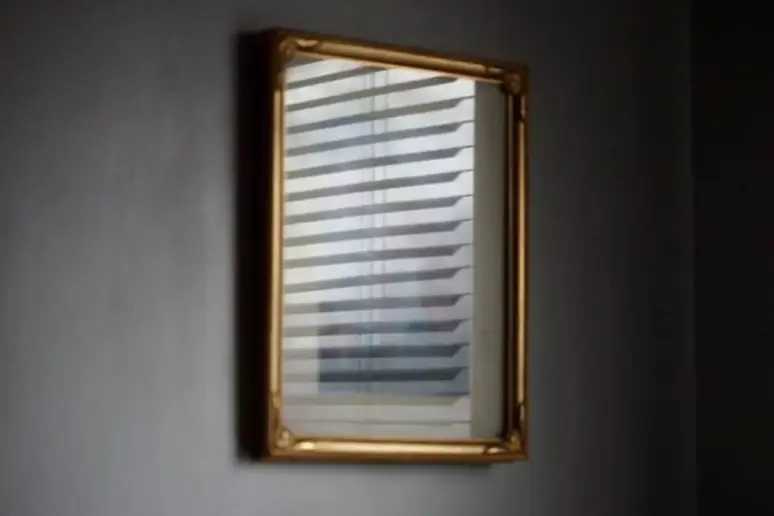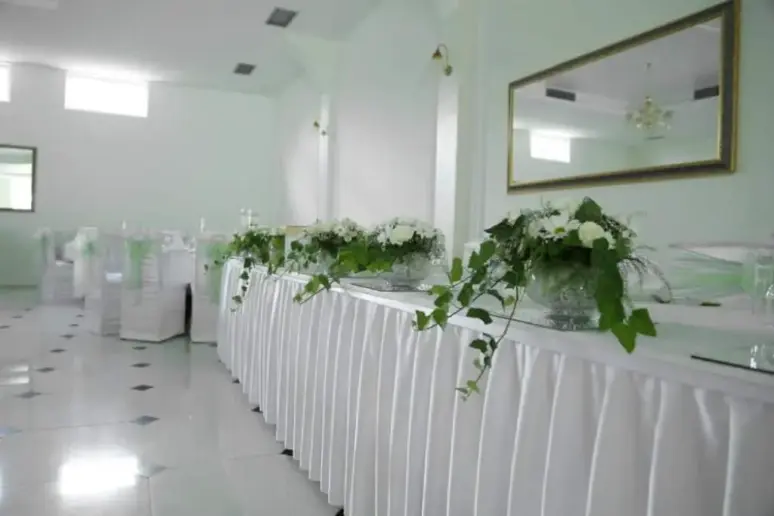Should Mirrors Be Hung Vertically Or Horizontally? (Solved!)
While their intended purpose is to check our appearance and see how we look, mirrors bring so much more to our homes.
They can make the space look bigger or more intimate, highlight our favorite interior design elements, or project light to the darker corners of the room.
Plus, just by themselves, they can be a very stylish and elegant addition to the interior.
How a mirror will impact the whole room mainly depends on its placement. This refers to where in the room will you hang it, but also in what position.
Even a slight adjustment can change the way the entire space looks and feels.
As most mirrors are rectangular, many homeowners face the same question when putting them on the wall.
Should mirrors be hung vertically or horizontally?
Below, I’ll explain what factors you need to take into consideration when deciding how to hang your mirror.
Should Mirrors Be Hung Vertically Or Horizontally?
Once you’ve found a perfect spot for the rectangular mirror on your wall, the next thing to think about is in what position to place it.
Most people go vertical, as that’s something that comes naturally to us.
We’re used to seeing things from a vertical perspective, so positioning a mirror like this seems standard to us.
Still, while a vertical perspective may seem more natural and brings many benefits, placing your mirror horizontally also has some advantages.
Before you settle on either one, here are a couple of pointers that can help you make an informed decision.
Vertical Is More Practical

Even though a mirror does a lot for the interior design of the room, you still have to first think about its primary purpose.
In front of the mirror is where we prepare for our day and get ready to go to bed. Every time we go out, we first stop by the mirror to check how we look.
And, the vertical mirror can give us a much more complete and realistic picture of how we look than the horizontal one.
In the vertical mirror, we can see our almost entire body, from top to bottom.
If you hang it horizontally, you’ll likely only be able to see your head, and, perhaps, a part of the upper body.
The rest of the body is usually cut off. Clearly, the advantage here is on the side of vertically hung mirrors.
Consider The Entire Room
A mirror is a complimentary element that adds to the overall feel of the room.
So, your decision on whether to hang it vertically or horizontally will depend on how the rest of the room is set up.
In general, a mirror is best when it follows the space it fills.
So, a vertical mirror works better in rooms with a higher ceiling. It forces the eye up and helps elongate the room. It also lets you see more of the ceiling.
If you have an interesting ceiling design, you should go vertical.
On the other hand, the horizontal mirror is great for wider rooms. It complements the space of the whole room, but can also make a smaller room seem wider.
Plus, it maximizes the reflected view and enhances the rest of your room’s decor. Just make sure that it’s not opposed to a particularly cluttered area.
Personal Preference
Ultimately, the decision will come to your personal preference.
Whichever position you feel is the best and makes you feel more comfortable in the room is the one you should go with.
While interior design guidelines are always helpful, you should still try to make the space feel like your own.
A part of adding a personal touch is how you will position your mirror.
Can You Hang A Full-Length Mirror Horizontally?

In most cases, full-length mirrors are hung vertically. It just seems like the most logical and practical choice.
However, hanging the full-length mirror horizontally, while being a bold choice, can create a whole new look for your room.
Full-length mirrors are typically long and narrow, which is why most people feel they work best when vertical.
However, turning them into a horizontal position can make them more eye-catching and, in addition, provide a widening effect to the room.
Furthermore, a horizontal full-length mirror looks great behind the larger and wider room element, such as a mantelpiece or a couch in your living room, or a large dresser in the bedroom.
However, when doing this, remember to keep things simple and don’t go with too elaborate mirror frames as they don’t work well in these situations.
How To Hang A Mirror Sideways?
Hanging the mirror sideways doesn’t differ much from hanging it vertically.
More importantly, it doesn’t require any modification to the mirror, so you can easily change it back to vertical if you change your mind.
Most mirrors come with a mounting kit that has hanging brackets for their backsides that allow both vertical and horizontal positions.
Just make sure to precisely measure the spots on the wall where you will drill the holes. Once the holes are drilled, use three or four inches screws and fix them over the studs.
Hold the mirror carefully in a horizontal position a little bit above the screws and slide it down so the brackets can rest on the screws.
If there’s no horizontal bracket on the mirror, you can use the two-way tape patches that are available in most home decor and craft stores.
Conclusion
Mirrors are probably the easiest and the most effective way to manipulate the space and the interior design setting of the room.
They can brighten up the whole room, make it seem bigger or smaller, and accentuate particular pieces of the room decor.
You can change the whole outlook of your living space by simply turning the mirror from a vertical to a horizontal position or vice versa.
Vertical mirrors are certainly more practical, but positioning them horizontally can add some pizzazz to the room and make it seem more spacious and bright.
Before deciding on the position, try hanging the mirror both ways. Whichever makes you feel better is the right one.



















































































